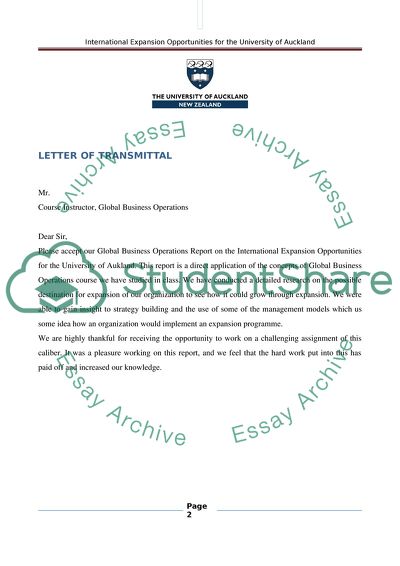Cite this document
(“International Expansion Opportunities for the University of Auckland Research Paper”, n.d.)
International Expansion Opportunities for the University of Auckland Research Paper. Retrieved from https://studentshare.org/education/1740621-country-based-opprtunity-project-international-business
International Expansion Opportunities for the University of Auckland Research Paper. Retrieved from https://studentshare.org/education/1740621-country-based-opprtunity-project-international-business
(International Expansion Opportunities for the University of Auckland Research Paper)
International Expansion Opportunities for the University of Auckland Research Paper. https://studentshare.org/education/1740621-country-based-opprtunity-project-international-business.
International Expansion Opportunities for the University of Auckland Research Paper. https://studentshare.org/education/1740621-country-based-opprtunity-project-international-business.
“International Expansion Opportunities for the University of Auckland Research Paper”, n.d. https://studentshare.org/education/1740621-country-based-opprtunity-project-international-business.


